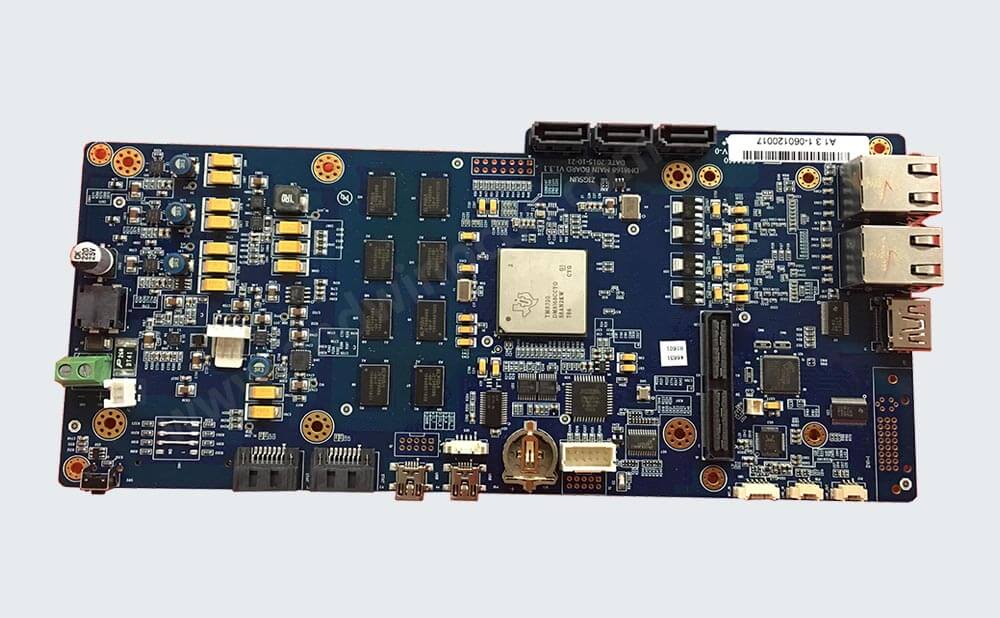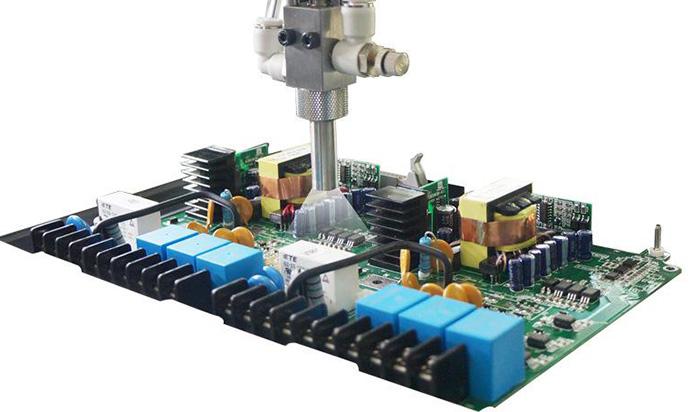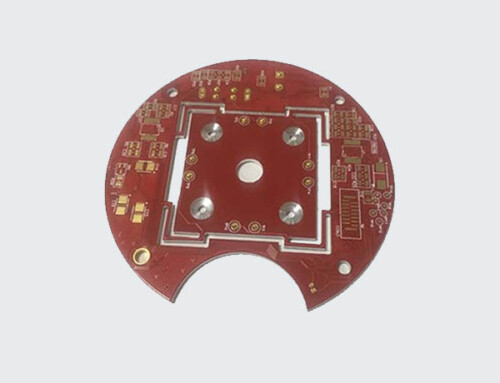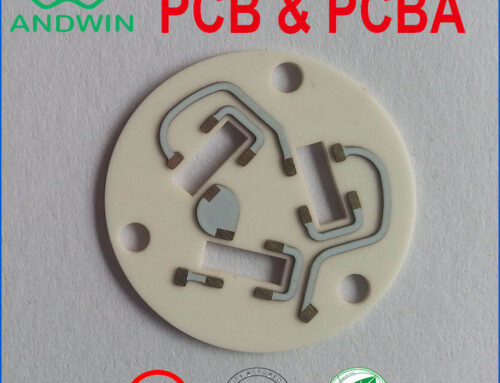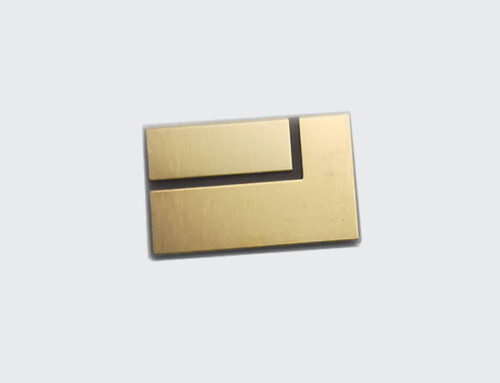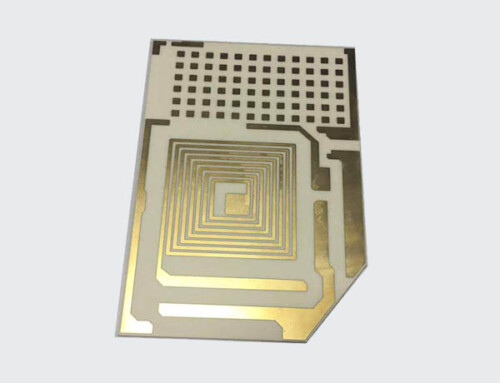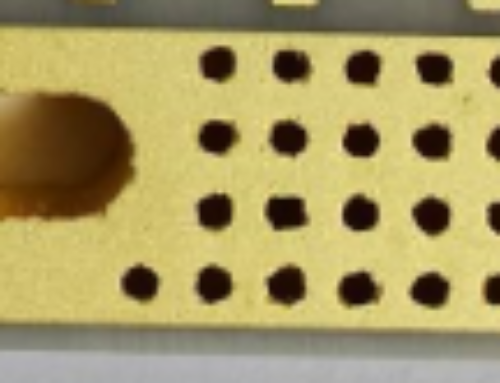Why are IPC Standards for PCB Assembly Important?
PCB assembly is a crucial part of the electronics manufacturing process, and it is
essential to follow the IPC standards to ensure the highest quality of products.
IPC, or the Institute of Printed Circuits, is a global trade association that sets the
standards for the electronics industry.
IPC standards cover a wide range of topics, including design, manufacturing, and
assembly. The IPC standards for PCB assembly are particularly important because
they ensure that the final product meets the required quality standards.
IPC standards for PCB assembly cover a range of topics, including component placement,
soldering, and inspection.
These standards are designed to ensure that the PCB assembly process is consistent and
reliable, and that the final product meets the required quality standards.

One of the most important IPC standards for PCB assembly is IPC-A-610.
This standard covers the acceptability of electronic assemblies, and it provides
guidelines for the inspection of PCB assemblies.
The IPC-A-610 standard covers a range of topics, including soldering, component placement,
and cleanliness. The standard also provides guidelines for the inspection of PCB assemblies,
including visual inspection, X-ray inspection, and other testing methods.
Another important IPC standard for PCB assembly is IPC-J-STD-001. This standard covers the
requirements for soldered electrical and electronic assemblies.
The IPC-J-STD-001 standard provides guidelines for the soldering process, including
the materials used, the temperature and time requirements, and the inspection criteria.
The standard also covers the requirements for the cleaning of PCB assemblies after the soldering process.
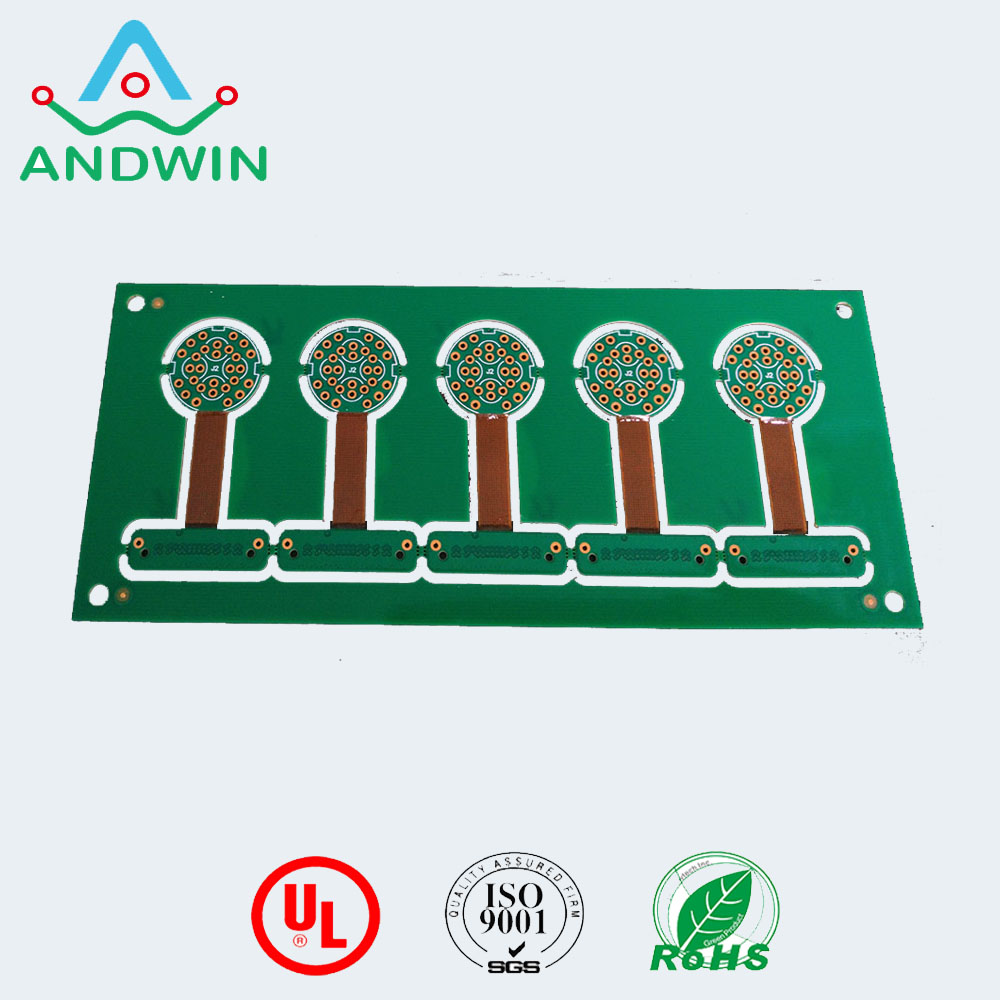
IPC standards for PCB assembly are important for several reasons. First, they ensure
that the final product meets the required quality standards.
This is important because electronic products are used in a wide range of applications, and
they must be reliable and safe. Second, IPC standards for PCB assembly help to ensure that
the assembly process is consistent and reliable.
This is important because it helps to reduce the risk of errors and defects in the final product.
In conclusion, IPC standards for PCB assembly are essential for ensuring the highest quality
of electronic products. These standards cover a range of topics, including component placement,
soldering, and inspection. By following these standards, manufacturers can ensure that their products
are reliable, safe, and meet the required quality standards.
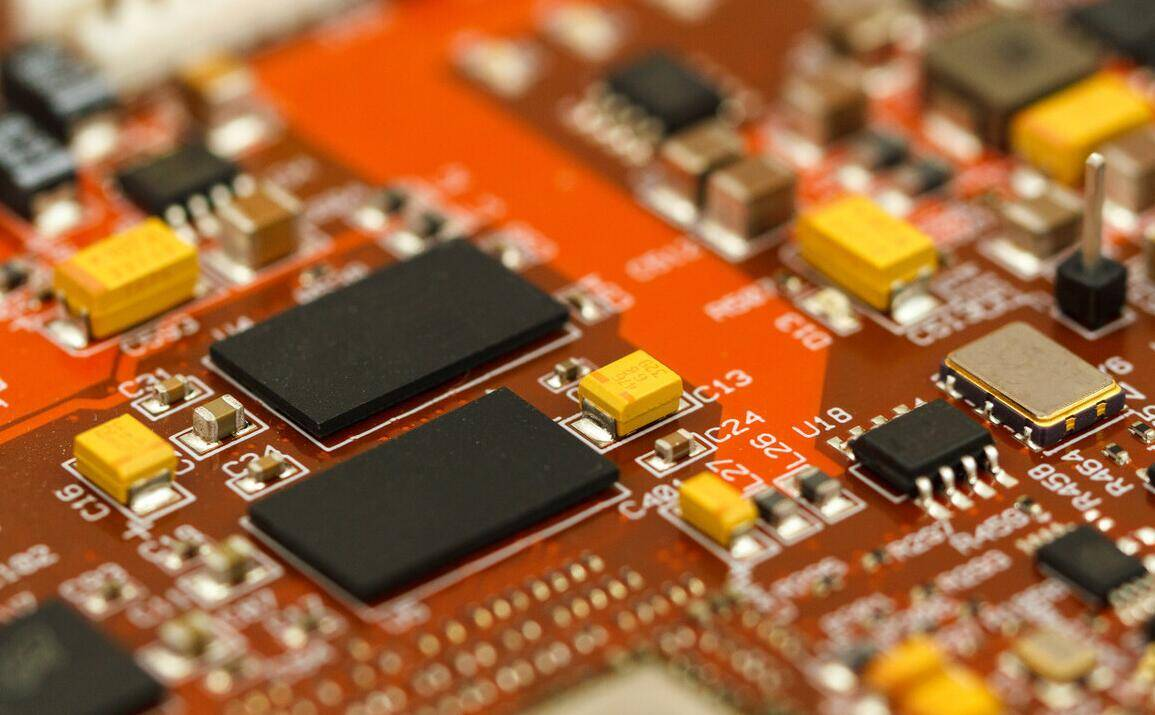
How to choose ipc standards for pcb assembly?
but here are some factors to consider when choosing IPC standards for PCB assembly:
1. Application: The first thing to consider is the application of the PCB. Different applications
may require different levels of quality and reliability. For example, medical devices may require
higher standards than consumer electronics.
2. Customer requirements: If you are manufacturing PCBs for a specific customer, they may
have specific IPC standards that they require you to follow. Make sure to review the customer’s
requirements before choosing the standards.
3. Industry standards: IPC standards are industry standards that are widely accepted and used.
It is important to choose the appropriate IPC standard for your industry. For example, IPC-A-610
is a widely accepted standard for electronic assemblies.
4. Assembly process: The assembly process used for the PCB will also affect the choice of IPC
standards. For example, if you are using surface mount technology (SMT), you may need to follow IPC-A-610E.
5. Budget: IPC standards can be expensive to purchase and implement. Consider your budget
when choosing the appropriate standards.
6. Certification: If you are seeking certification for your PCB assembly process, you may need
to follow specific IPC standards. Make sure to review the certification requirements before choosing the standards.
Other PCB products, you may interesting




